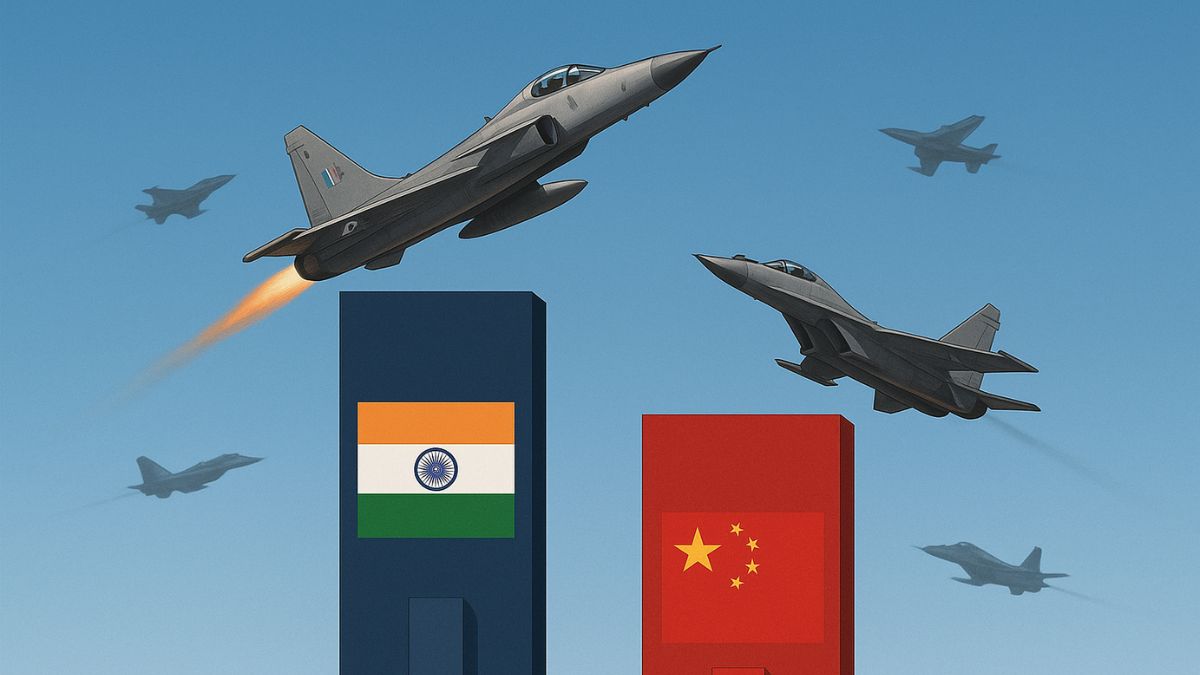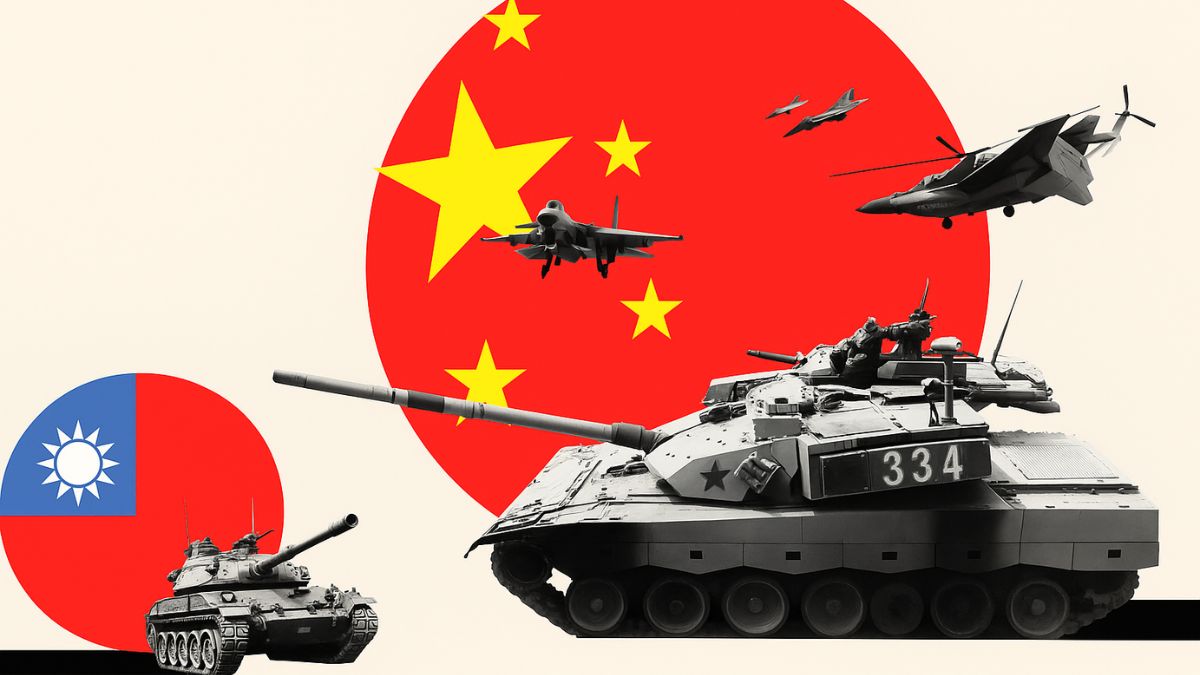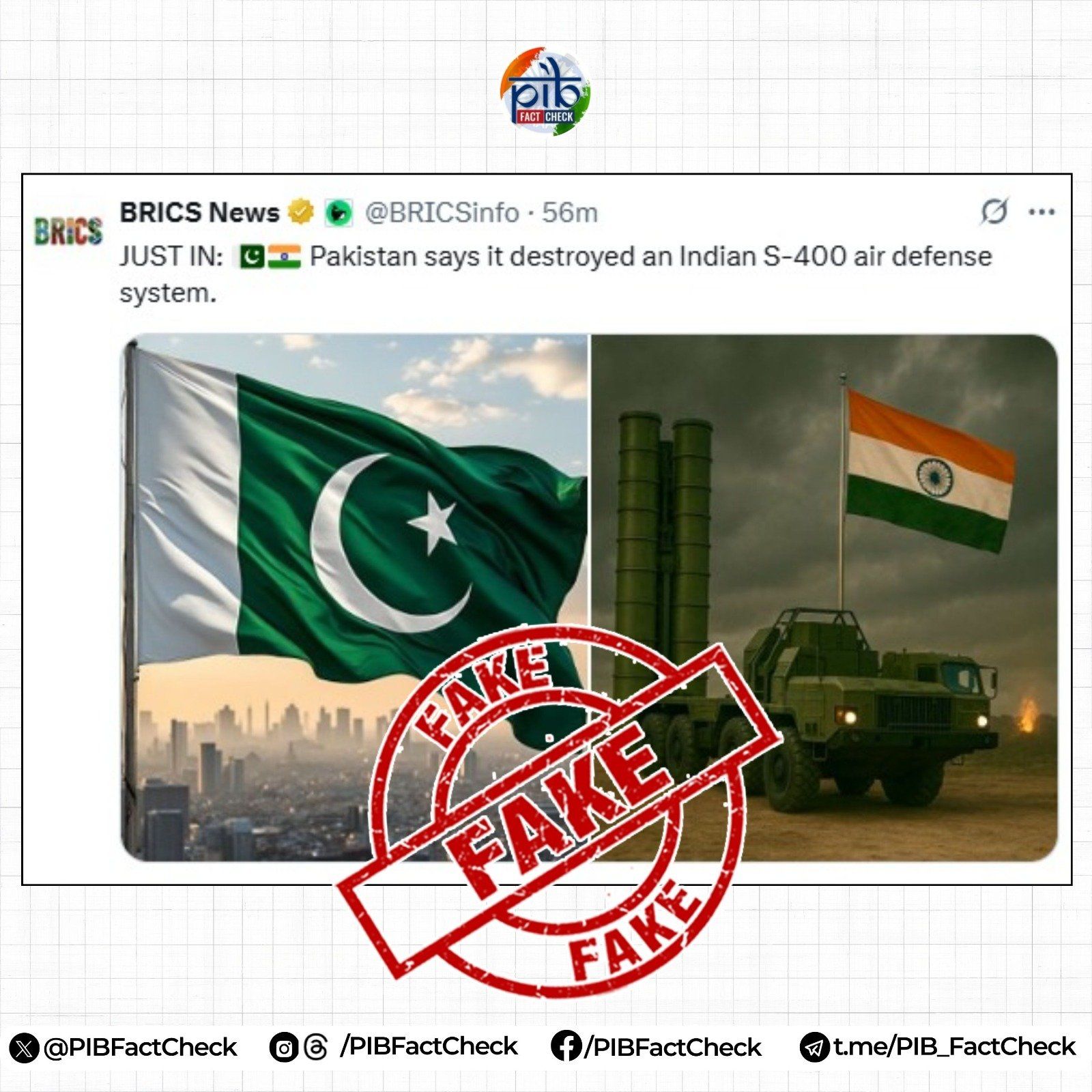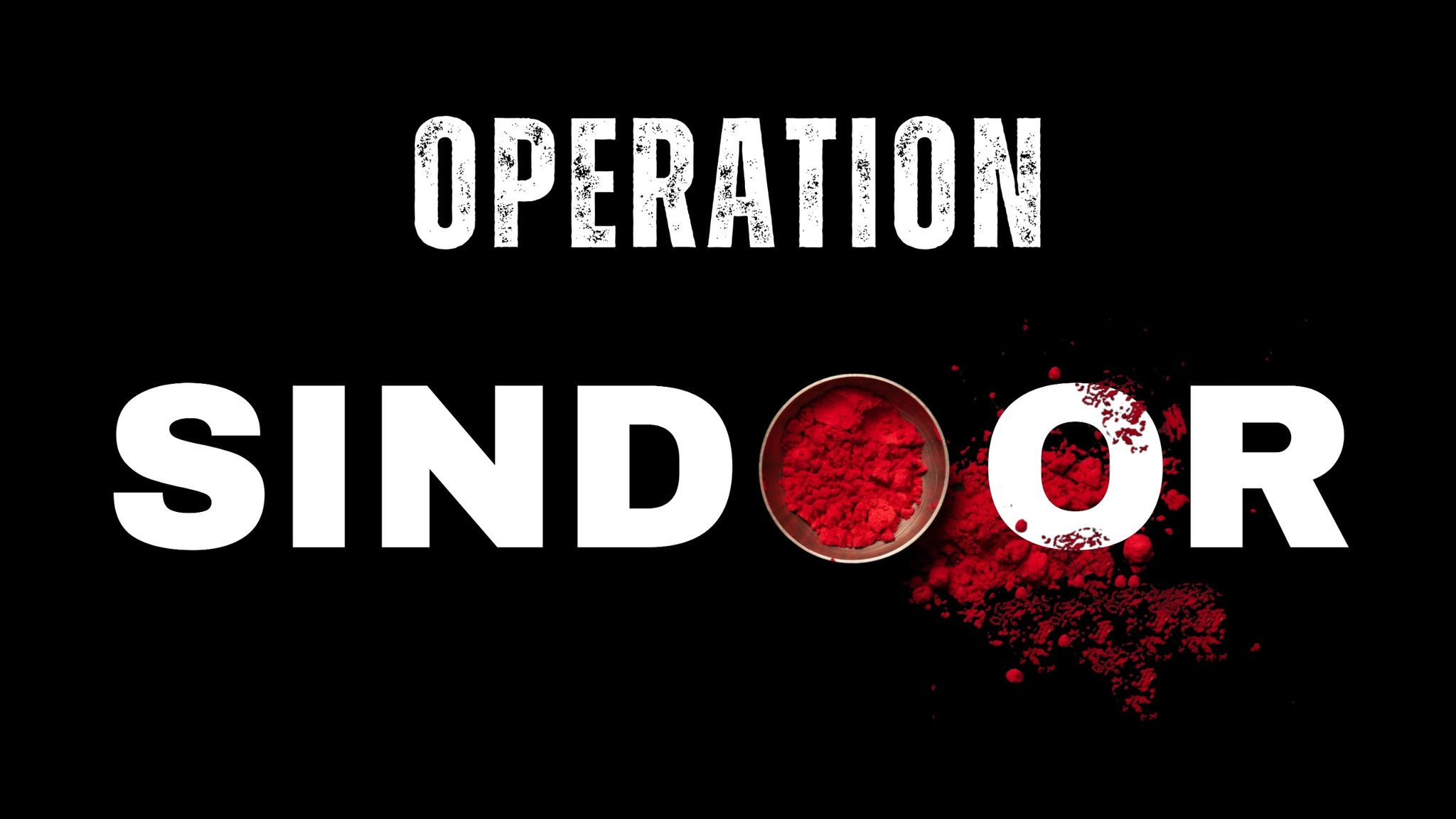Air Power Soaring! Beating China, Indian Air Force Becomes 3rd Most Powerful

WDMMA evaluates air forces using a metric known as the TruVal Rating (TVR), which goes beyond counting the fleet size. Image courtesy: AI-generated picture via Sora
Wars aren’t just fought on the ground. An equal role is played when it comes to air, and Operation Sindoor is a landmark example of the same. India’s retaliatory strikes against terror bases in Pakistan and PoK in the aftermath of the deadly Pahalgam terror attack, was a big success, and an even bigger proof of India’s air might.
India’s May Op Sindoor showcased decisively that a technologically advanced air force does more than providing support, it can determine the course of a conflict. India’s dominance in the skies during the four-day engagement with Pakistan demonstrated that aerial superiority is now central to warfare, not auxiliary.
And now, in a move that could virtually be understood as the much-deserved reward for IAF, our air force has surpassed China in air power, becoming the 3rd largest in the world.
India vs China: How IAF surpassed Dragon in air superiority rankings?
The latest rankings by the World Directory of Modern Military Aircraft (WDMMA) place India third in the world, ahead of China. The United States continues to lead, followed by Russia, with India close behind. China trails India by a narrow but significant margin, signalling India’s growing weight as an air power.
Why is the TruVal rating significant?
WDMMA evaluates air forces using a metric known as the TruVal Rating (TVR). This measure goes beyond counting the size of a fleet. It factors in attack and defence capabilities, logistical support, modernisation levels and operational training. The US, with a TVR of 242.9, dominates the rankings.
Russia follows with 114.2. India is placed at 69.4, compared to China’s 63.8, reflecting an edge in effective capability rather than raw fleet numbers.
How do Indian and Chinese air fleets compare?
India currently operates 1,716 aircraft, with its fleet composition reflecting a balanced force. Fighters form just over 31% of its strength, while helicopters make up almost 29% and about 21.8% consists of trainer aircraft. In contrast, China’s People’s Liberation Army Air Force (PLAAF), with 3,733 aircraft, relies heavily on fighters, which represent nearly 53% of its fleet. Its trainers form another 28.4%.
What assets power India’s air dominance?
The Indian Air Force fields a mix of combat-tested and modern platforms, including Rafale fighters, Su-30MKIs, Mirage 2000s, MiG-29s and the indigenous Tejas. The last of the MiG-21s, aircraft that formed the IAF’s backbone for six decades and saw action from the 1960s through wars with Pakistan and China, has now been phased out.
Soviet-era MiG-21 Bison aircraft were retired last month, marking an end of an era for the air force.
What are India’s future combat jet plans?
India has set in motion an ambitious modernisation programme that will add more than 600 combat aircraft over the next twenty years. This includes 180 LCA Mk1A jets, over 120 LCA Mk2 aircraft, 114 Multi-Role Fighter Aircraft (MRFA) and at least 120 Advanced Medium Combat Aircraft (AMCA).
Defence Minister Singh has stated that India is also exploring a limited interim import of fifth-generation fighters. The options currently under consideration are the Russian Su-57 and the American F-35.
What Op Sindoor revealed about Chinese systems?
During Operation Sindoor, Pakistan relied extensively on Chinese-origin assets, from air defence systems to fighter platforms. India’s cross-border strikes were able to penetrate Pakistani defences built around Chinese surface-to-air missile systems.
At the time, Bilal Khan, founder of the Toronto-based Quwa Defence News & Analysis Group, observed that Chinese systems did not perform to expectations during the conflict.
Pakistan deployed J-10C fighters equipped with PL-15E air-to-air missiles and HQ-9 long-range surface-to-air systems. Despite multiple missile launches, the strikes caused little damage. Indian Army DGMO Lt Gen Rajiv Ghai recently revealed that Pakistan lost over 100 military personnel and at least 12 aircraft during the operation.
India’s air power: How recent global conflict reinforce the role?
Events around the world have repeatedly reinforced the primacy of air dominance in military operations. Russia has not been able to establish air superiority over Ukraine even after more than three years of fighting. In contrast, Israel’s Operation Rising Lion achieved air superiority over Iran in less than four days.
The India-Pakistan conflict offered similar lessons, where air power quickly shifted operational momentum.
WDMMA’s evaluation differs from Global Firepower rankings by assessing real-world operational capability over sheer numbers. India’s rise marks a strategic shift in South Asia and the wider Indo-Pacific. With expanding indigenous production, combat experience and planned acquisitions of next-gen aircraft, India is now positioned as the third-strongest air power globally and the foremost regional counterweight to China.
Its growing aerial capability is expected to shape defence planning and alignments in the years ahead.







